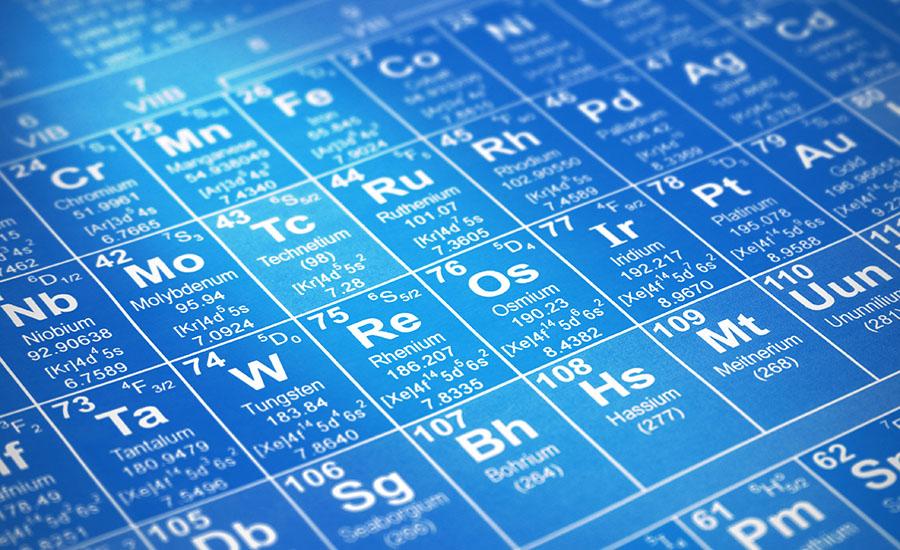
Radioactive Orbs
This lesson focuses on using the engineering design process and simple machines to design a device that the students can use to safely transport radioactive orbs across the span of 8 feet. Students

Students will read and respond to the story, Room on the Broom. Then students will plan and create a sturdy broom to hold as many pumpkin candies as possible.

This lesson is an activity to show how projectile motion and many other motions in nature fallow a parabolic curve. Students will manipulate that knowledge and analyze data using small play tanks to

This is the second part of two lessons on density. This lesson is on the density of liquids following the first lesson on density of solids. The lesson is a lab on layering several liquids with

This lesson is on density of solids. It's one lesson of two. This lesson should be first since it introduces density but it can be revised and used after the density of liquids. The lesson has a short

Get ready to learn about density! This is a density lab involving hot and cold-water layering, salt density layers, and a PHET online lab simulation.

Students will use the engineering design process to complete 3 challenges. Each challenge gathers data and collects their engineering changes necessary to complete the challenge.

Engage students with competitive activities. Students will be predicting measurements, collecting data, and determining the difference between the estimation and the actual. Students will create la

Students observe particle movement for solids, liquids, and gases. They then write Pseudocode for coding particle behavior and then they code particle movement on Scratch for the three states/phases

This lesson could be a Part II for the 3D modeling atomic theory lesson using Tinkercad, or this lesson can be delivered independently. In this lesson students fill out an atomic theory timeline and

Students learn about atomic theory and the scientists that theorized new atomic models from experiments they conducted. Students then create a 3D model for each advancement in the theory timeline

Making a wave machine to learn about the parts of the wave. This is the foundational learning piece before heading into the seismic building challenge.

In this lesson, you'll witness the sparkle in your student's eyes as they become Candytopia explorers and chemists, making observations, grouping candies, and creating their own Candy Periodic Table

This lesson incorporates science, math and writing. Students will get to make and taste grilled cheeses and determine what ingredients and what methods they think will make the best grilled cheese

This lesson plan is designed for 8th graders to introduce the periodic table as well as learning how molecules are formed and what they look like. Students will engage in a Science, Technology, and

In this lesson, students will first learn the importance of using reliable tools when gathering data in an experiment. When given common acidic and basic substances, students will then begin to

Students will read the original version of The Three Little Pigs and then explore different versions of the story. After exploring, they will complete a compare & contrast chart on two or three of the

Students will read and explore the idea of leprechauns and traps. Then, using the Engineering Design Process students will have to build a leprechaun trap.

This is a hands-on lesson for both science and math exploration. Students use tape to explore the forces between charges and come up with a mathematical expression for how that works! They create a

This lesson plan aims to incorporate Science, Engineering, and Math subjects into the Digital Book Project. Students paraphrase in simple words the explanations of chemical reactions in everyday life

This is the 1st lesson in a series of 3. 6th-grade students will work in groups to create eco-friendly inventions that help the environment and tackle climate change. They will research ideas, make

Students will use a known lab to represent photosynthesis in action. They can use this template for the lab and pick another variable to collect data on to complete the story on how photosynthesis

In this lesson, the students will observe matter that has endured a temperature change. They will make predictions about what they think will happen to a form of matter after choosing if it will be

In this lesson, students perform a lab, and use a materials list to create an "activity series", the inverse of a reduction potential chart. While reduction charts are used more often, the "activity
